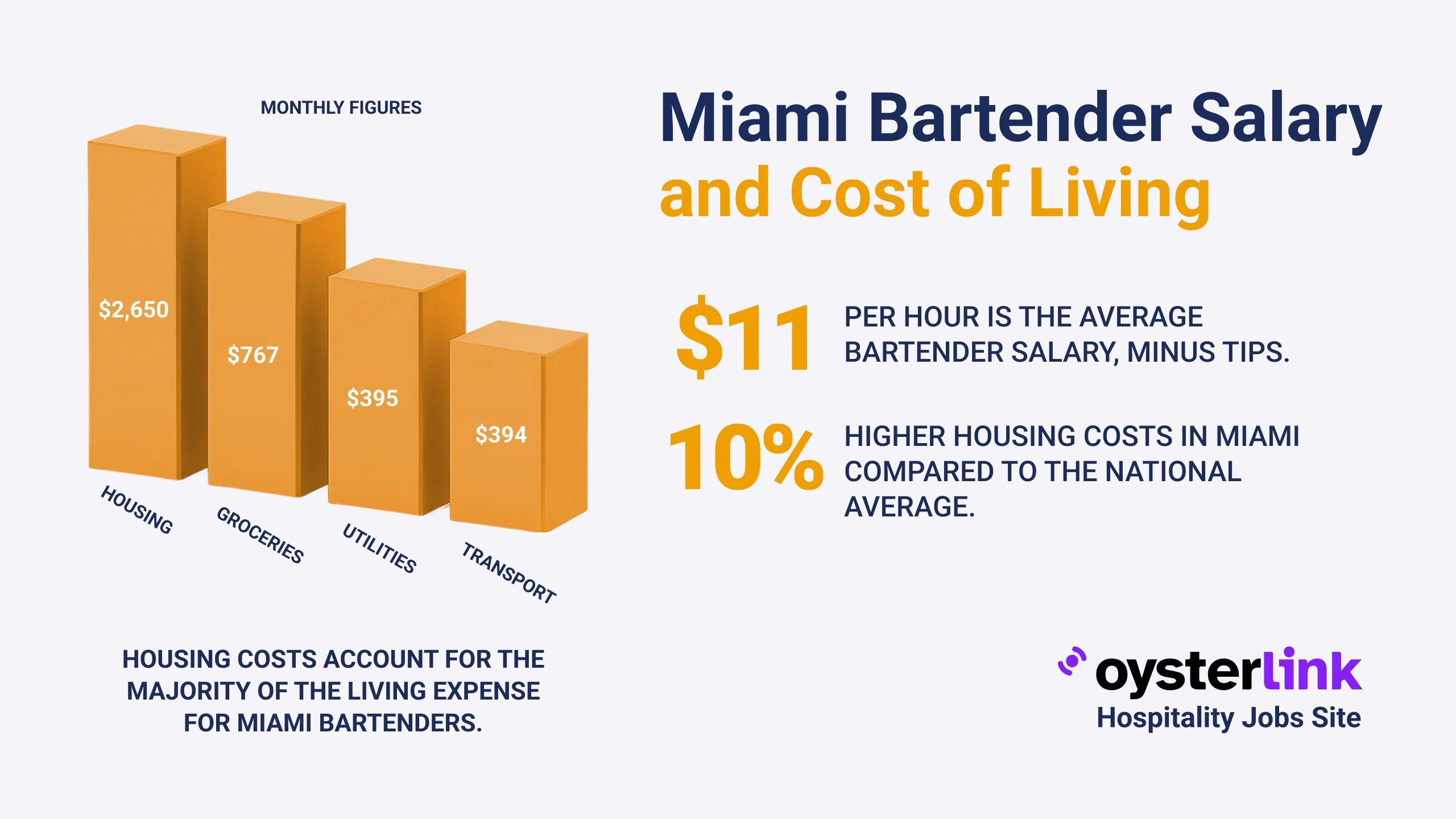The cost of living in San Francisco is one of the highest in the nation, driven by high housing costs, expensive utilities, and the high prices for everyday necessities.
This detailed guide will explore every aspect of living in San Francisco, covering costs for housing, transportation, groceries, utilities, healthcare, and much more.
This article will also provide insights and tips on how to navigate the high cost of living in one of the world’s most iconic cities.
How Expensive is San Francisco? Cost of Living Overview
San Francisco is consistently ranked among the most expensive cities in the U.S., with costs running about 70% higher than the national average. Housing is the primary driver of these high costs, but food, transportation, utilities, and healthcare also contribute significantly. While the high salaries in San Francisco help offset some of the cost, many people, especially those in lower-paying jobs, face financial strain.
In 2025, the average cost of living in San Francisco is projected to rise further, continuing the trend of the last two decades. For example, rents are some of the highest in the country, and other costs, such as groceries and utilities, are significantly higher than in most other cities.
Why is San Francisco So Expensive?
The primary reason for the high cost of living in San Francisco is the limited housing supply and high demand. The tech boom, a booming economy, and the city’s geography as a compact peninsula have led to a chronic housing shortage. Additionally, high state taxes, utility costs, and a costlier lifestyle in general add to the price tag of living in the Bay Area.
While the city’s economy is booming and salaries for tech and other high-skilled workers are high, many other workers in hospitality, retail, and similar fields find it difficult to afford even basic expenses.
Housing Costs in San Francisco
Housing is by far the largest cost for San Francisco residents. The city has some of the highest rental and home prices in the U.S., driven by the shortage of available housing and the influx of high-income tech workers.
Rent in San Francisco
Renting in San Francisco is extremely expensive, with the average rent for a one-bedroom apartment reaching around $3,300 per month. A two-bedroom apartment costs around $4,300 or more per month, and it’s common for individuals to share apartments with roommates in order to save money.
In terms of rental trends, San Francisco’s rent prices have increased significantly over the past few decades. For example, rents have more than doubled in the past 20 years, with limited availability for renters and a continued surge in tech worker migration to the city.
Home Prices in San Francisco
The median home price in San Francisco is around $1.3–$1.4 million. While this is significantly higher than the national average, it is on par with other high-cost areas like Manhattan. Even a modest home or condominium in San Francisco can set you back at least $800,000, with larger, more desirable homes selling for $2 million or more. With these prices, most residents cannot afford to buy, and even those in the higher-income brackets often find it difficult to enter the housing market.
Student Housing in San Francisco
For students, San Francisco can be one of the toughest places to find affordable housing. Many students rely on dormitories or campus-affiliated housing, but these spaces are limited, and the cost for on-campus housing can range from $1,000–$2,000 per month. Off-campus housing, particularly in shared apartments, can be more affordable, but rents for shared spaces are still high by national standards.
Utilities and Monthly Bills
After housing, utilities and monthly bills are a significant portion of the cost of living in San Francisco. These include electricity, heating, water, garbage, internet, and phone services.
Electricity and Natural Gas
Electricity rates in San Francisco are around $0.37 per kilowatt-hour, which is more than double the U.S. average. While the mild climate of the city helps reduce heating and cooling needs, electricity costs are still high for most residents. Gas for heating or cooking costs around $2.28 per therm, with typical monthly bills running anywhere from $50 to $150 depending on usage.
Internet and Phone
The cost of high-speed internet is about $60–$80 per month, while cell phone plans typically cost $50–$100 per month depending on the carrier and plan. Many residents rely heavily on their phones and internet for work and entertainment, making these essential services a key part of their monthly bills.
Other Utilities
Other utilities like water, trash, and sewage services typically cost around $50–$100 per month, depending on the building and whether the landlord includes these in the rent. For most San Francisco residents, the cost of utilities can add up to $200–$300 per month when combining all of the various services.
Transportation Costs in San Francisco
Transportation in San Francisco is both a convenience and a cost. While the city is known for its public transit system, many residents still choose to own cars.
Public Transportation
San Francisco has an extensive public transit system, including buses, Muni Metro, and BART, making it relatively easy to get around the city. A Muni monthly pass for unlimited rides costs around $81, while BART fares range from $4–$6 each way depending on the distance. If you live within San Francisco, using public transit can save you money compared to owning a car, especially given the high costs of parking in the city.
Car Ownership
Owning a car in San Francisco is expensive due to the high costs of gas, insurance, and parking. Gas prices average around $4.46 per gallon, while car insurance costs around $2,200 per year for full coverage. Parking is also a major cost, with monthly parking permits or garage rentals running around $200–$300 per month. If you drive regularly in San Francisco, transportation costs can easily exceed $500 per month when factoring in gas, parking, and insurance.
Ride-Sharing and Biking
Many residents in San Francisco opt for ride-sharing services like Uber or Lyft, which can be more affordable than owning a car, especially for occasional trips. The city is also bike-friendly, with many dedicated bike lanes and bike-share programs. Biking or walking can be great ways to save on transportation costs.
Food and Grocery Expenses
Food in San Francisco can be expensive, both when shopping for groceries and when dining out.
Grocery Prices
Grocery prices in San Francisco are about 20–30% higher than the national average. A gallon of milk can cost $5–$6, while a loaf of bread might run $4 or $5. Overall, a single person might spend $400–$500 per month on groceries, and a family of four can expect to pay $800–$1,000 per month or more.
Dining Out
Dining out in San Francisco is also expensive. A casual meal at a restaurant might cost $15–$20 per person, while a three-course meal for two at a mid-range restaurant can cost $80–$100. Many residents also opt for food trucks and happy hours, where prices are more affordable.
Healthcare and Insurance Costs
Healthcare costs in San Francisco can be high, with insurance premiums and out-of-pocket costs for visits to doctors, specialists, and dentists.
Health Insurance
Health insurance premiums for individuals can range from $400–$500 per month, depending on the plan and coverage. Many residents rely on employer-provided health insurance, which can help mitigate these costs, but those without insurance may face significant out-of-pocket expenses for doctor visits and medical procedures.
Doctor and Dental Visits
Out-of-pocket costs for doctor visits in San Francisco can range from $150–$200 per visit, and dental cleanings typically cost $100–$150. Prescription medications can also be expensive, especially if you don’t have insurance or if your plan doesn’t cover certain medications.
Taxes in San Francisco
San Francisco residents face a mix of federal, state, and local taxes that can take a significant bite out of their income.
Income Tax
California has one of the highest state income taxes in the nation, with rates ranging from 1% to 13.3% for the highest earners. The city itself doesn’t have an additional local income tax, but residents still pay substantial state taxes.
Sales Tax
Sales tax in San Francisco is 8.625%, which is added to most purchases, including meals at restaurants and retail items like clothing and electronics.
Property Tax
For homeowners, property tax in San Francisco is around 1.18% of the assessed value of the property. Property taxes can add up to thousands of dollars annually, making home ownership a costly proposition for many residents.
Quick Takeaways
- San Francisco’s cost of living is extremely high, with housing being the largest expense.
- Rent for a one-bedroom apartment is about $3,300 per month, and the median home price is $1.3 million.
- Utilities and transportation costs are also high, with monthly expenses for these services often exceeding $300.
- Grocery prices are 20–30% higher than the national average, and dining out can quickly add up.
- Healthcare and insurance are expensive, with individuals often paying $400–$500 per month for health insurance.
- Taxes in San Francisco are high, with state income tax rates reaching up to 13.3% for the highest earners.
- It’s possible to save money in San Francisco by sharing housing, using public transportation, and cooking at home.
Conclusion
Living in San Francisco offers unmatched opportunities and experiences, but it comes at a steep price. From the high cost of housing to the expensive price of everyday goods, the city’s cost of living can be daunting.
However, with smart budgeting, using public transportation, and cutting costs in areas like food and entertainment, you can make living in San Francisco more affordable.
Whether you’re a professional, student, or hospitality worker, understanding these costs and planning accordingly is key to thriving in one of the world’s most exciting cities.

.png)

.png)
.png)